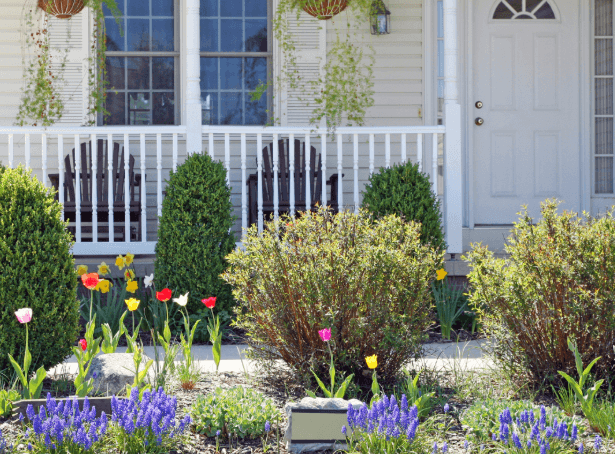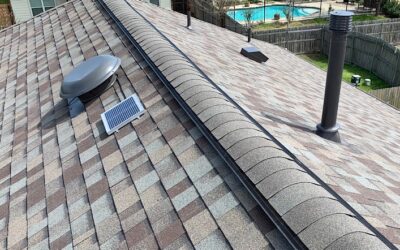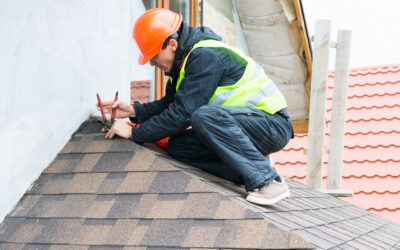Spring is the perfect time to give your roof some much-needed attention after the harsh winter months. As temperatures rise and the days grow longer, it’s essential to ensure your home is ready to withstand the upcoming seasons. A thorough spring roof maintenance routine not only prolongs the life of your roof but also helps prevent potential issues that could lead to costly repairs.
In this article, we’ll guide you through a thorough spring roof maintenance checklist. Whether you’re a homeowner or a property manager, these steps will help you prepare your home for the warmer months ahead.
Why Spring Roof Maintenance is Essential
Spring roof maintenance is crucial for several reasons. During winter, your roof is exposed to extreme weather conditions such as snow, ice, and wind, which can cause damage. These elements can lead to leaks, weakened structures, and other issues that might not be immediately visible.
By conducting a spring inspection, you can identify and address any problems before they escalate. Additionally, regular maintenance can extend the lifespan of your roof, improve energy efficiency, and increase your home’s value.
The Spring Roof Maintenance Checklist
1. Conduct a Visual Roof Inspection
Begin your maintenance routine with a thorough visual inspection of your roof. Look for missing, damaged, or curling shingles that might need replacement. Inspect the flashing around chimneys, vents, and skylights for any signs of wear or damage.
If you’re uncomfortable doing this yourself, consider hiring a professional roofing contractor to perform the inspection. They have the expertise and equipment to safely assess your roof’s condition.
2. Clean and Inspect Gutters
Gutters play a vital role in directing water away from your home. During the winter, they can become clogged with leaves, twigs, and other debris. Clean your gutters to ensure they are free from blockages. While cleaning, inspect for any signs of sagging, leaks, or damage that might need repair.
3. Check for Signs of Water Damage
Inside your home, look for signs of water damage on the ceilings and walls, such as stains or peeling paint. These may indicate a leak in your roof. Addressing water damage early can prevent more severe issues like mold growth and structural damage.
4. Examine the Roof’s Structure
Assess the overall structure of your roof for any sagging or uneven areas. These could be signs of underlying problems that require immediate attention. If you suspect structural issues, contact a roofing company to conduct a more detailed inspection and necessary repairs.
5. Inspect and Repair Siding
While focusing on your roof, don’t forget about your siding. Inspect it for any signs of damage, such as cracks or holes, which can allow moisture to seep in. Siding repair is often necessary to maintain the integrity of your home’s exterior and prevent water intrusion.
6. Trim Overhanging Branches
Trees with branches that hang over your roof can pose a significant risk. They can drop leaves and debris onto the roof, cause physical damage during storms, and provide a pathway for pests. Trim back any overhanging branches to protect your roof.

Hiring a Professional Roofing Contractor
While many homeowners can handle minor maintenance tasks, others may require the expertise of a professional roofing contractor. Hiring a professional ensures the job is done safely and thoroughly. They have the tools and experience to identify issues that might not be visible to the untrained eye.
When selecting a roofing company, consider its reputation, experience, and customer reviews. A reliable contractor will provide a detailed assessment and recommend the best course of action for repairs or replacements.
Roof Repair vs. Replacement
During your spring maintenance, you may discover that your roof requires repairs or even a full replacement. Deciding between the two depends on several factors, including the extent of the damage, the age of the roof, and your budget.
When to Opt for Roof Repair
Minor damages, such as a few missing shingles or small leaks.
The roof is relatively new (less than 10 years old).
Damage is localized and not widespread.
When to Consider Roof Replacement
Extensive damage affecting a large portion of the roof.
The roof is nearing or has surpassed its expected lifespan (typically 20-25 years for asphalt shingles).
Frequent repairs are needed, indicating an underlying issue.
Benefits of Regular Roof Maintenance
Regular roof maintenance offers numerous benefits for homeowners:
- Prolonged Roof Lifespan: Routine maintenance helps keep your roof in top condition, extending its life and delaying the need for a costly replacement.
- Improved Energy Efficiency: A well-maintained roof enhances your home’s energy efficiency by preventing heat loss and reducing cooling costs.
- Increased Home Value: A well-cared-for roof can boost your home’s curb appeal and resale value, making it an attractive option for potential buyers.
- Peace of Mind: Knowing that your roof is in good condition provides peace of mind and reduces the likelihood of unexpected repairs.
Conclusion
Spring is the ideal time to perform essential roof maintenance to ensure your home is prepared for the warmer months. By following this comprehensive checklist, you can prevent potential issues, extend the life of your roof, and maintain the overall health of your home.
Whether you choose to tackle these tasks yourself or hire a professional roofing contractor, taking the time to care for your roof is a wise investment that pays off in the long run. Don’t wait until a minor issue becomes a major problem—start your spring roof maintenance today!
For expert residential roofing services in Louisville to prepare you for the warmer months, contact our team at Origin Roofing & Exteriors!




